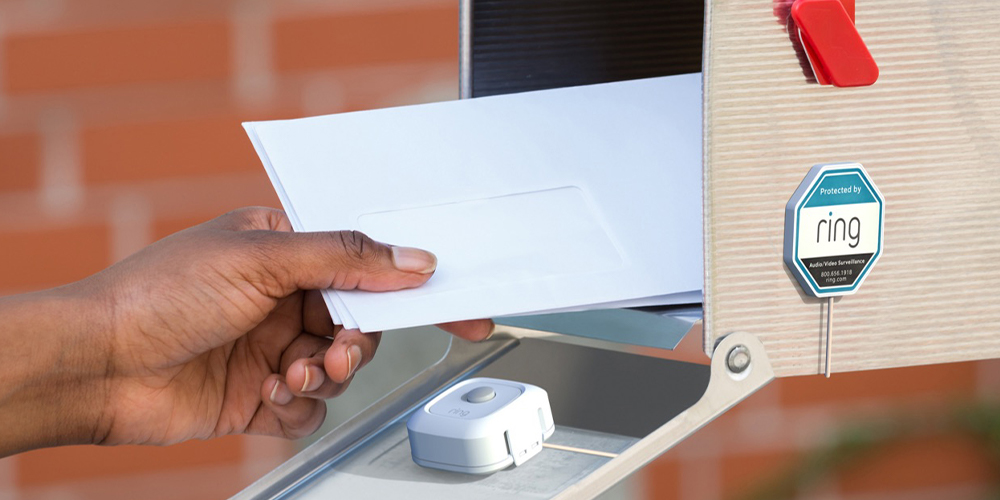They want YOU
I see quite a few similarities between UPS and the United States military. Not that I spent any time driving for UPS but I did bank a career in the Armed Forces.
Outside of the crazy standard they enforce about wearing shorts with only UPS-approved socks, I can see that whether by chance or by design, UPS can attribute much, if not all of their success, to their adherence to strict standards of performance much like the Armed Forces does.
![]()
An on-going process
The first thing about UPS is that it monitors its employees. I wouldn’t go as far as saying “Big Brother is Watching”, but UPS certainly has a system in place that tracks how much time drivers spend making deliveries. And in a business where time is money, UPS is certainly super-focused on how each minute of each hour is being spent. Anal-retentive? You be the judge.
According to an interview via Cape Gemini, UPS uses reams of aggregate data to increase productivity. Jack Levis, UPS’s director of process management has been quoted as saying, “One minute per driver per day over the course of a year adds up to $14.5 million, and one minute of idle per driver per day is worth $500,000 of fuel at the end of the year.” The hand-held computer drivers carry around, called a DIAD (short for Delivery Information Acquisition Device), tracks a driver’s every move.
Sensors inside the truck monitor everything from whether the driver’s seat belt is buckled to how hard they’re braking, and if the truck’s doors are open or closed.
All this data is compiled for UPS analysts who use it to come up with time-saving tactics.
The thing is, sticking to a schedule or a process (or however you want to classify it) can yield big dividends for you and your employees. That’s not to say that independent thinking is frowned on. Rather, “plussing” existing systems (i.e. looking for ways to improve) can only make you or your work place or work force more efficient.
Basic training
At UPS, all drivers must attend and graduate from a specialized training class called “Integrad,” which teaches them everything they need to know out in the field. Metafloss points out that drivers learn how to handle heavy boxes, which are filled with cinder blocks to simulate real packages.
They’re taught how to start the truck with one hand while buckling up with the other to save time. And the “slip and fall simulator” teaches them to walk safely in slick conditions. There’s even a miniature delivery route complete with tiny houses where drivers maneuver in their truck and make simulated deliveries at houses.
The military does the same, and although maybe the stakes are higher (we’re taking about defending freedom and saving lives), it puts recruits through 10 weeks of basic training to learn about being a soldier.
I don’t necessarily see this at a lot of companies. Individuals are hired with the assumption that they already know what they’re doing.
UPS wants its employees to learn the UPS way of doing business. In the bigger scheme of things, following a similar pattern with your business will pay big dividends in the future.
#UPSTraining
Nearly three decades living and working all over the world as a radio and television broadcast journalist in the United States Air Force, Staff Writer, Gary Picariello is now retired from the military and is focused on his writing career.









































Pingback: Postello is the newest solution to stolen packages everywhere - The American Genius